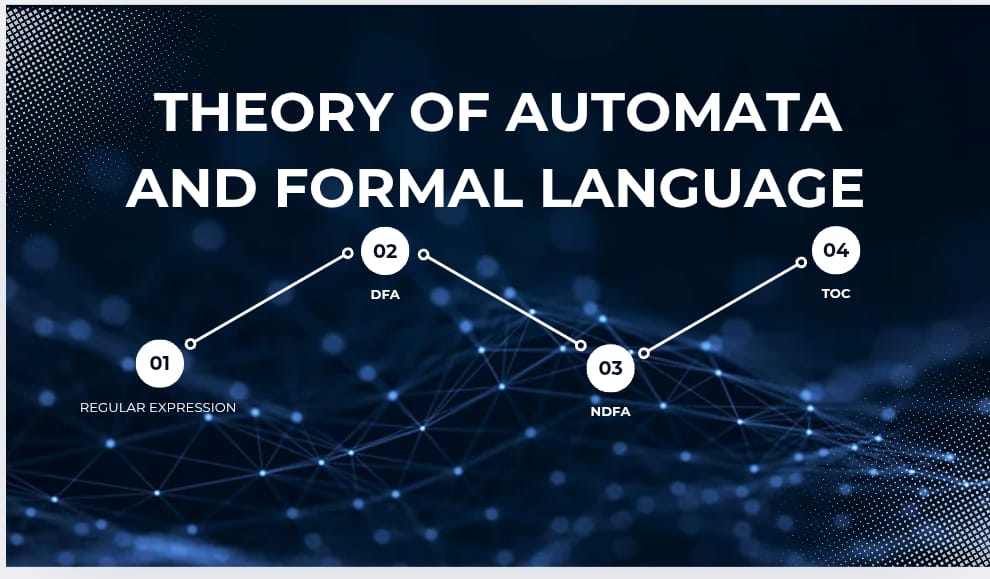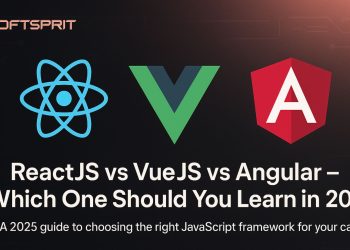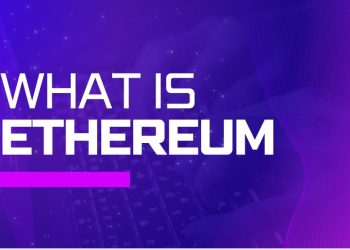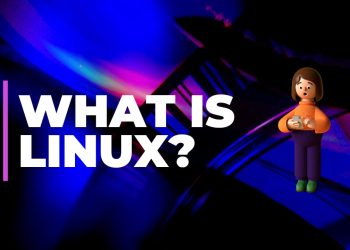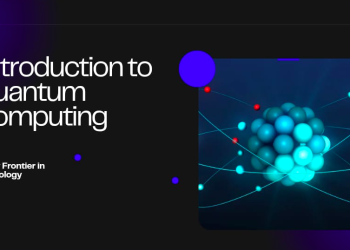Comprehensive Guide to Theory of Automata and Formal Languages (TAFL)
1. Introduction to Theory of Automata and Formal Languages (TAFL)
The Theory of Automata and Formal Languages (TAFL) forms the theoretical backbone of computer science, providing fundamental concepts for understanding computation, language processing, and machine behavior. This field bridges mathematics and computer science by studying:
- Abstract machines (automata) that model computational processes
- Formal languages that define valid strings and structures
- Grammars that generate these languages
- Computability – what problems machines can solve
- Complexity – how efficiently they can solve them
Historical Context
TAFL emerged from the groundbreaking work of:
- Alan Turing (Turing Machines, 1936)
- Noam Chomsky (Chomsky Hierarchy, 1956)
- Stephen Kleene (Regular Expressions, 1951)
- John von Neumann (Finite Automata concepts)
These pioneers established the mathematical foundations that underpin modern computing, programming languages, and artificial intelligence.
2. Types of Automata in TAFL
Automata are classified hierarchically based on their computational power and memory capabilities:
(A) Finite Automata (FA)
- Structure: Finite states, no auxiliary memory
- Variants:
- DFA (Deterministic FA): Exactly one transition per input
- NFA (Non-deterministic FA): Multiple possible transitions
- ε-NFA: Includes epsilon (empty) transitions
- Language Recognition: Regular languages
- State Transition Diagram: Graphical representation
- Mathematical Definition: 5-tuple (Q, Σ, δ, q₀, F)
- Limitations: Cannot count or remember arbitrary lengths
(B) Pushdown Automata (PDA)
- Enhanced Capability: FA + stack memory
- Operations: Push, pop, read stack
- Language Recognition: Context-free languages
- Applications: Parsing nested structures
- Two Variants:
- Deterministic PDA
- Non-deterministic PDA
- Example Use: Checking balanced parentheses
(C) Turing Machines (TM)
- Ultimate Machine: Infinite tape + read-write head
- Components:
- Tape (infinite in both directions)
- Head (reads/writes/moves)
- State register
- Transition table
- Computational Power: Recognizes recursively enumerable languages
- Extensions:
- Multi-tape TM
- Non-deterministic TM
- Universal TM
- Significance: Formal definition of algorithm
(D) Linear Bounded Automata (LBA)
- Restricted TM: Tape length = input length
- Language Recognition: Context-sensitive
- Practical Importance: Models real computers with finite memory
- Applications: Natural language processing
3. How Automata Theory Works: Detailed Mechanism
Formal Definition Components
- Alphabet (Σ): Finite set of symbols
- Strings: Finite sequences from Σ
- Language: Set of strings over Σ
- Operations:
- Concatenation
- Kleene star (Σ*)
- Union, intersection
Processing Example: DFA for Mod-3 Counter
- States: q₀, q₁, q₂ (remainder states)
- Transitions:
- On 0: q₀→q₀, q₁→q₁, q₂→q₂
- On 1: q₀→q₁, q₁→q₂, q₂→q₀
- Accepts: Binary numbers divisible by 3
Non-determinism Concepts
- ε-closures: Set of reachable states
- Subset Construction: NFA to DFA conversion
- Powerset: States in converted DFA
4. Relationship Between Automata and Physical Machines
Computational Equivalence
- Finite Automata ↔ Digital Circuits
- Pushdown Automata ↔ Compilers
- Turing Machines ↔ General Computers
Implementation Examples
- Vending Machines: Finite state control
- CPU Design: Microprogrammed control units
- Network Protocols: State transition systems
- Compilers:
- Lexical analysis (FA)
- Syntax analysis (PDA)
- Semantic analysis (TM)
5. Grammar in TAFL: Deep Dive
Formal Grammar Components
- Variables (V): Non-terminal symbols
- Terminals (T): Alphabet symbols
- Productions (P): Rewriting rules
- Start Symbol (S): Root variable
Derivation Processes
- Leftmost Derivation
- Rightmost Derivation
- Derivation Trees
- Ambiguity in Grammars
Normal Forms
- Chomsky Normal Form (CNF):
- A → BC
- A → a
- Greibach Normal Form (GNF):
- A → aα
6. Theory of Computation (TOC) Fundamentals
Key Questions in TOC
- What can be computed? (Computability)
- How efficiently? (Complexity)
- What resources are needed? (Space/time)
Major Results
- Church-Turing Thesis
- Halting Problem
- P vs NP Problem
- Cook-Levin Theorem
7. Expanded Chomsky Hierarchy
| Type | Grammar | Language | Automaton | Example |
|---|---|---|---|---|
| 0 | Unrestricted | Recursively enumerable | Turing Machine | Halting Problem |
| 1 | Context-sensitive | Context-sensitive | LBA | aⁿbⁿcⁿ |
| 2 | Context-free | Context-free | PDA | aⁿbⁿ |
| 3 | Regular | Regular | FA | ab |
Practical Implications
- Regular: Pattern matching
- Context-free: Programming languages
- Context-sensitive: Natural languages
- Recursively enumerable: General computation
8. Comprehensive Applications of TAFL
Core Computing Applications
- Compiler Construction
- Lexical analysis (Regular expressions)
- Syntax analysis (CFG parsing)
- Code optimization
- Programming Language Design
- Syntax definition
- Semantic analysis
- Type checking
Emerging Applications
- Artificial Intelligence
- Natural language processing
- Pattern recognition
- Knowledge representation
- Bioinformatics
- DNA sequence analysis
- Protein folding patterns
- Biological pathway modeling
- Quantum Computing
- Quantum finite automata
- Quantum language theory
- Quantum algorithms
Industrial Applications
- Network Security: Intrusion detection systems
- Robotics: Behavior modeling
- Hardware Design: Digital circuit verification
9. Why Study TAFL? Critical Reasons
Fundamental Knowledge
- Provides mathematical foundation for CS
- Essential for advanced algorithm design
- Basis for computational complexity theory
Practical Skills Development
- Improves problem-solving abilities
- Enhances abstract thinking
- Develops formal reasoning skills
Career Advantages
- Crucial for compiler engineers
- Required for language designers
- Valuable for AI researchers
10. Advanced Concepts in TAFL
Automata Extensions
- Probabilistic Automata
- Quantum Automata
- Timed Automata
- Hybrid Automata
Language Theory Topics
- Pumping Lemmas
- Myhill-Nerode Theorem
- Decidability Results
- Closure Properties
11. Current Research Directions
- Infinite Automata
- Molecular Computing Models
- Automata for Big Data
- Neural Network Formalization
12. Conclusion: The Enduring Importance of TAFL
The Theory of Automata and Formal Languages remains:
- The cornerstone of theoretical computer science
- Essential for understanding computation limits
- Critical for designing efficient algorithms
- Fundamental to advancing AI and language processing
As computing evolves with quantum technologies and biological computing, TAFL principles continue to provide the framework for understanding new computational paradigms. Mastery of these concepts separates competent programmers from true computer scientists capable of innovation at the fundamental levels of computation.


